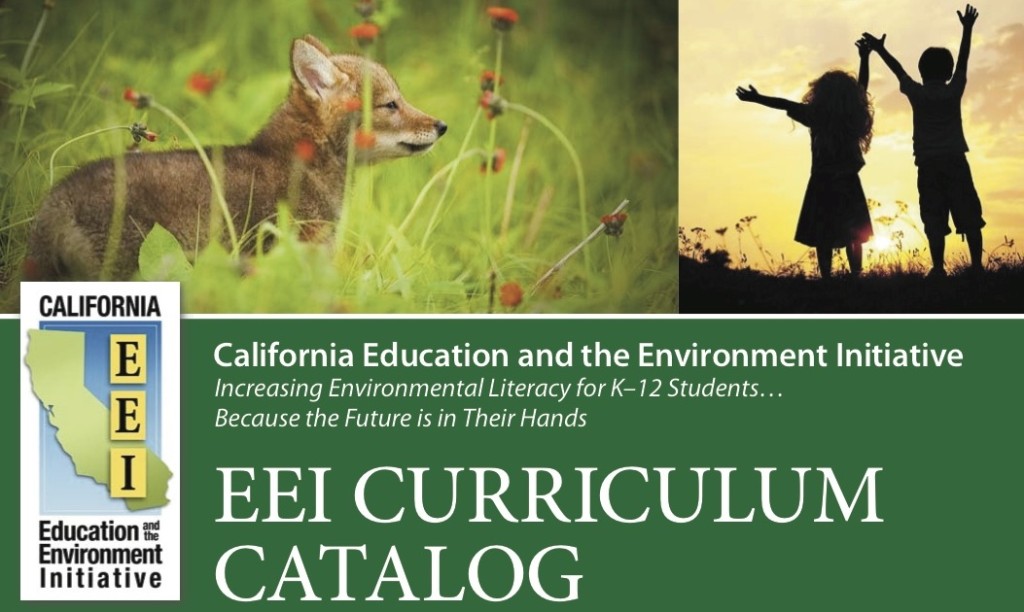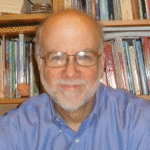In fall of 2013, California’s State Board of Education (SBE) adopted a slightly modified version of the Next Generation Science Standards (NGSS)* intended to reinvent science education in the state. This adoption triggered a series of events that can lead California into the forefront of science education for the 21st Century.
Released in early 2013 by Washington-based Achieve, Inc., the NGSS represent the best thinking on how to more effectively engage K-12 students in learning science. In California, this adoption represents a major transition away from the 1998 state science standards which were, to a large extent, focused on teaching students “science facts” into a more hands on/minds on approach where they have the opportunity to “do science.”
Comparing a sixth-grade standard from the 1998 adoption to California’s newly adopted science standards offers a good example of the difference between the two approaches. The 1998 standard requires that “Students know energy entering ecosystems as sunlight is transferred by producers into chemical energy through photosynthesis and then from organism to organism through food webs.” The newly adopted California NGSS, on the other hand, goes much further by asking students to demonstrate what they have learned by “Develop(ing) a model to describe the cycling of matter and flow of energy among living and nonliving parts of an ecosystem.”
The shift to having students “do science,” rather than just reading about it, is one of many substantive changes that will appear in California schools over the coming years.
From an environmental perspective, the NGSS probably represent one of the biggest opportunities ever to fully integrate the goal of environmental literacy into the K-12 school system. This opportunity appears in several aspects of the NGSS, ranging from the Disciplinary Core Ideas (DCI) and Crosscutting Concepts (CC), to the Science and Engineering Practices (SEP), and Performance Expectations (PE).
I gave a few examples of the connections to environmental literacy in my June 10, 2014 blog, Achieving Environmental Literacy in a Standards-Based World. Here are just a few more examples from the middle school standards that show the diversity of opportunities:
- DCI: Natural Resources — Humans depend on earth’s land, ocean, atmosphere, and biosphere for many different resources. Minerals, fresh water, and biosphere resources are limited, and many are not renewable or replaceable over human lifetimes. These resources are distributed unevenly around the planet as a result of past geologic processes.
- CC: Influence of Science, Engineering, and Technology on Society and the Natural World — All human activity draws on natural resources and has both short and long-term consequences, positive as well as negative, for the health of people and the natural environment.
- PE: Engineering Design — Define the criteria and constraints of a design problem with sufficient precision to ensure a successful solution, taking into account relevant scientific principles and potential impacts on people and the natural environment that may limit possible solutions.
The next step in the process of implementing California’s NGSS is the development of a new Science Curriculum Framework. This framework will be the guide that California’s State Board of Education (SBE) and Department of Education provide teachers and publishers to inform them how the state’s new science standards are to be taught in classrooms and presented in newly developed instructional materials. This critical document is now in its earliest stages of development, having started with a statewide series of focus groups in early 2014. The drafting and editing process is now underway and involves a team of writers under the guidance of a SBE-appointed science Curriculum Framework and Criteria Committee (CFCC). Comprised principally of classroom teachers, the CFCC and writers will produce a draft that will be submitted and reviewed by the SBE-appointed Instructional Quality Commission (IQC). Ultimately, after field and public reviews, a final version will be adopted by the state board.
Importantly, the SBE’s guidelines to the IQC and CFCC call on them to “Reference the EEI Curriculum and incorporate California’s approvedEnvironmental Principles and Concepts (EP&Cs) pursuant to EC Section 71301, Public Resources Code.” As a result of a partnership among Ten Strands, CalRecycle, and the State Education and Environment Roundtable (SEER), I have been given the opportunity to contribute to the development of this new framework. This is allowing me to review all of the documents as they are being drafted, make public comments during CFCC meetings, and contribute information and draft materials about both the Environmental Principles and Concepts (EP&Cs), and EEI Curriculum.
The wonderful news is that the members of the CFCC and IQC are very aware of both the EP&Cs and the EEI Curriculum. Even more importantly, in all my conversations with them, they clearly recognize the importance of students learning about earth’s natural and human social systems and how they influence each other—the conceptual focus of California’s adopted Environmental Principles and Concepts.
This may be a once in a lifetime opportunity to fully integrate the environment into California’s K-12 schools, giving our students the opportunity they need to become environmentally literate and succeed as active and engaged citizens. An opportunity based on SEER’s strategy of environment-based education (EBE), as described in depth in my recent book, Education and the Environment: Creating Standards-Based Programs in Schools and Districts. With a new science framework in place, EBE can help California’s students achieve success in science as they learn about interactions between natural and human social systems, and are prepared with the skills they need to be active citizens capable of identifying and resolving today’s and tomorrow’s environmental challenges.
I urge you to have your voice heard about this important matter by participating in one or more of the public reviews and hearings about the new California Science Framework. (Please see the schedule of significant events at the California Department of Education’s website: http://www.cde.ca.gov/ci/sc/cf/scitimeline4revision.asp).
* The NGSS were developed from the National Research Council’s 2012 “A Framework for K-12 Science Education: Practices, Crosscutting Concepts, and Core Ideas.”



